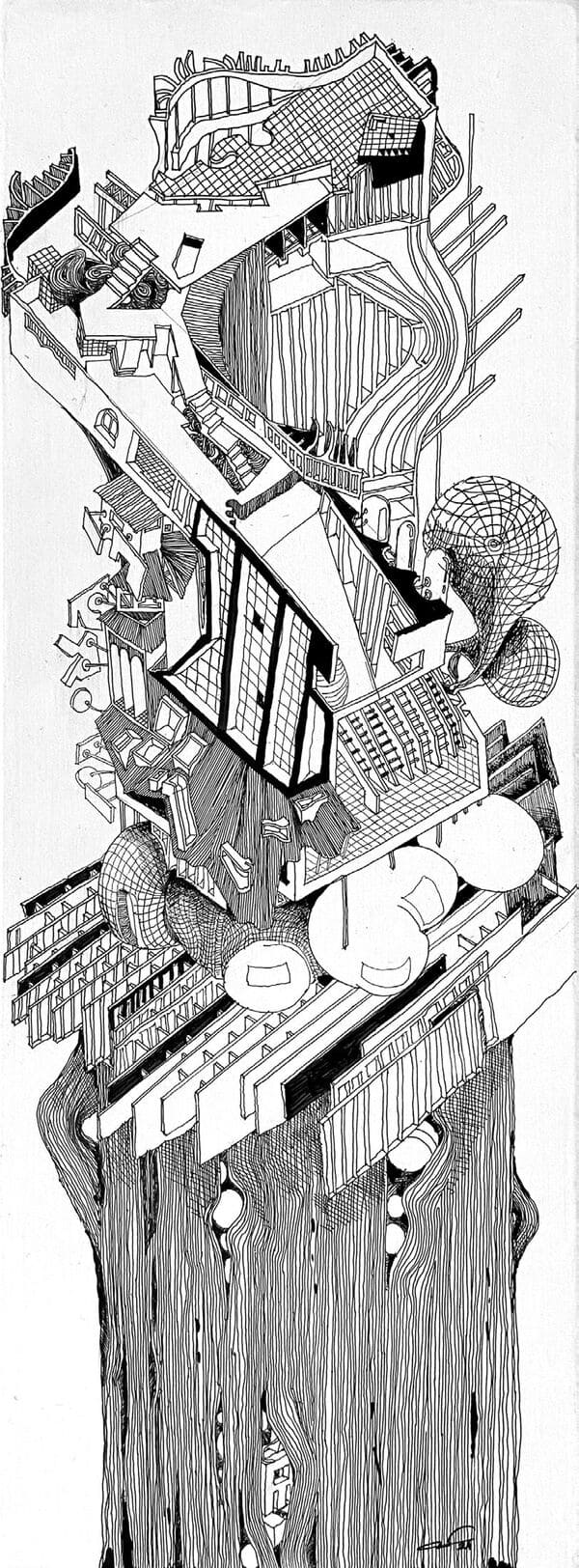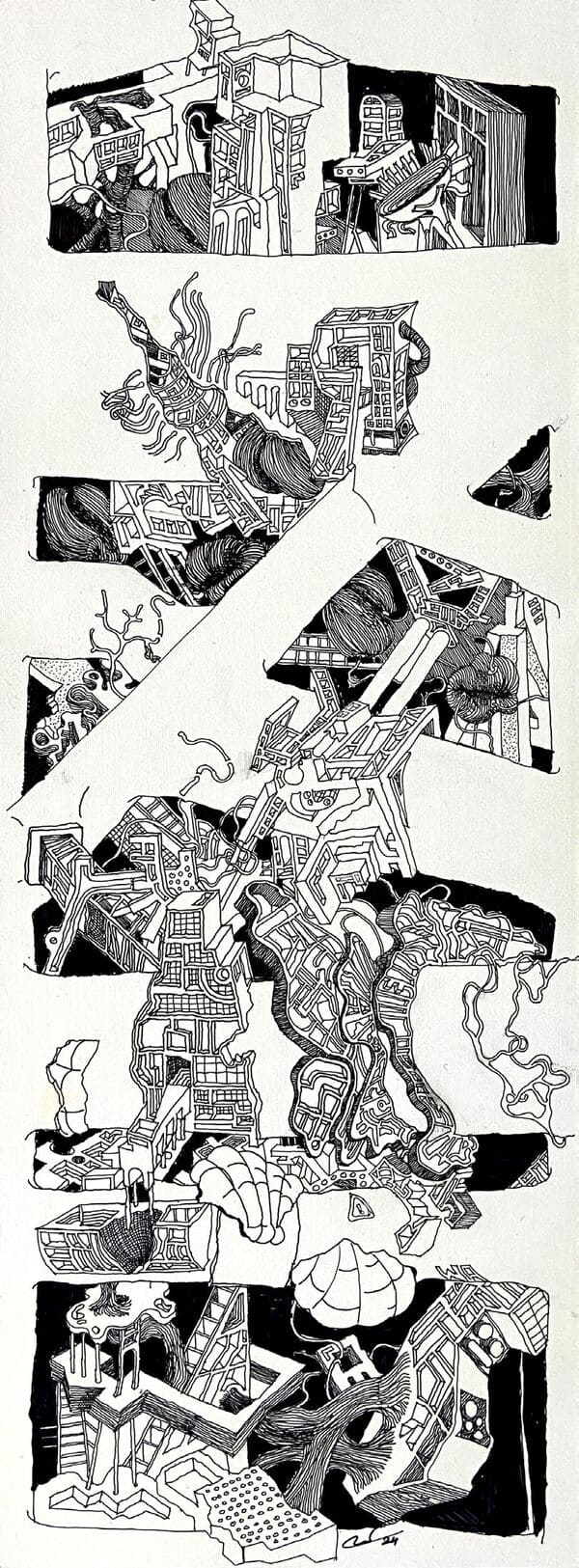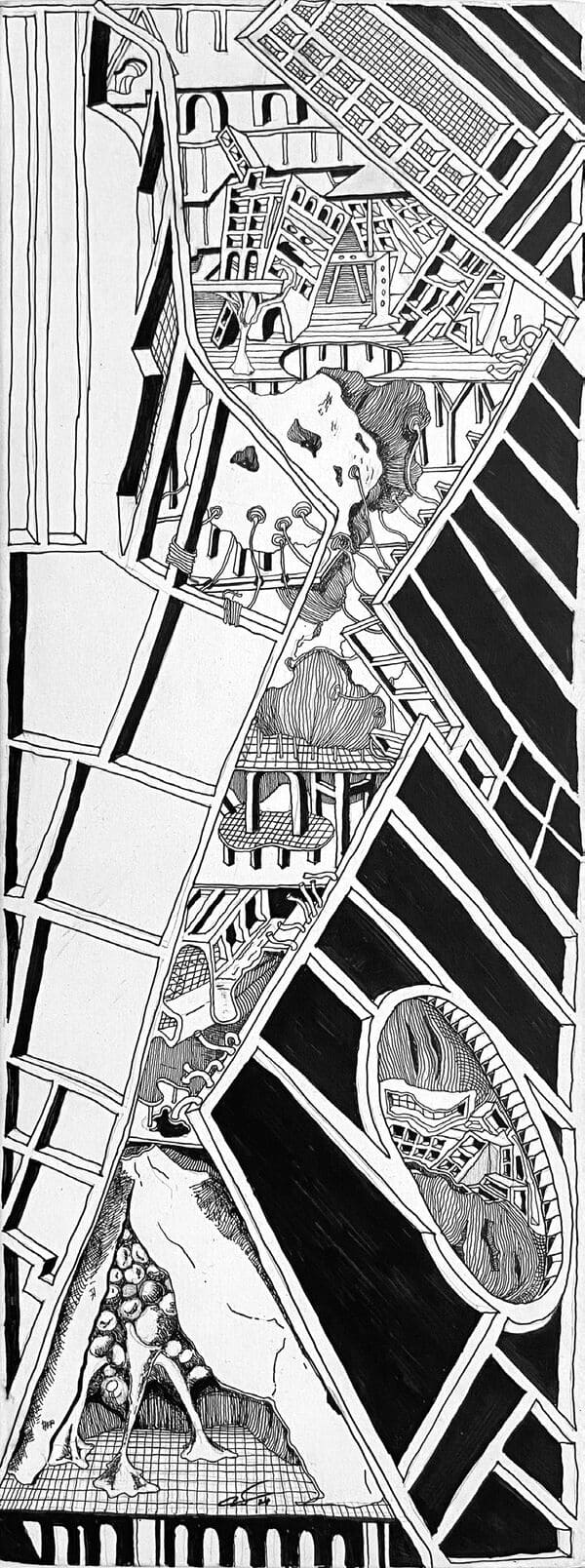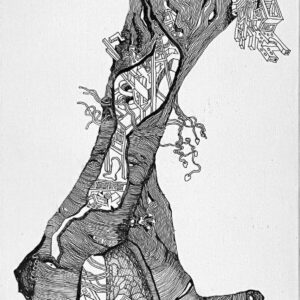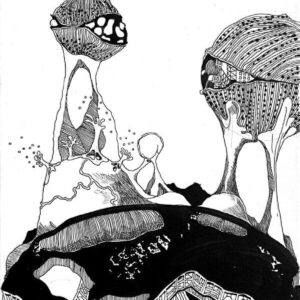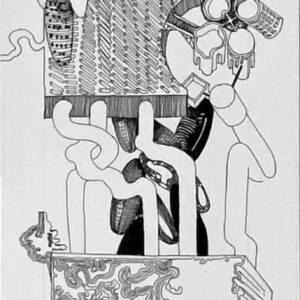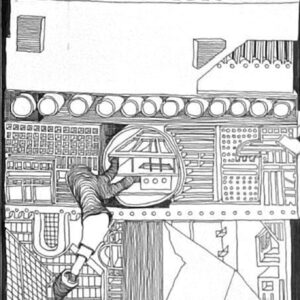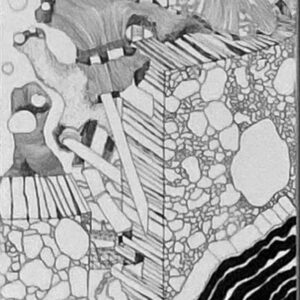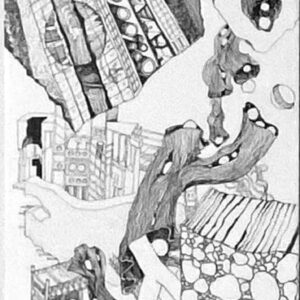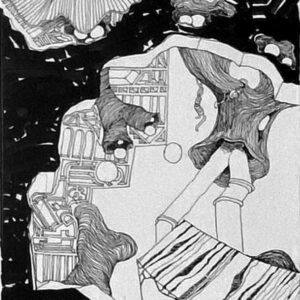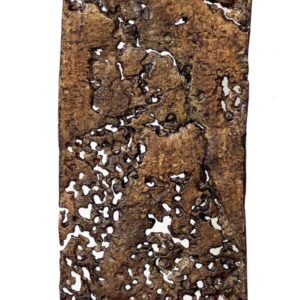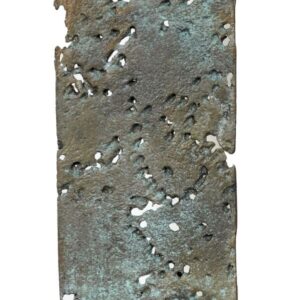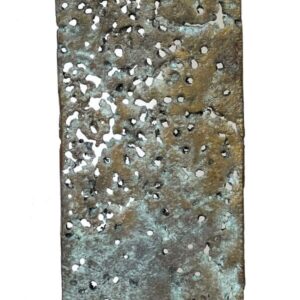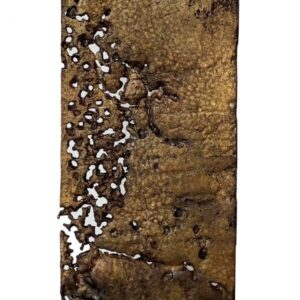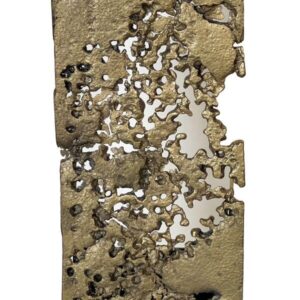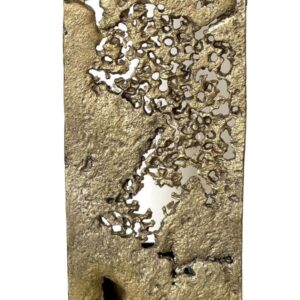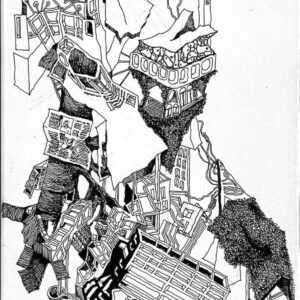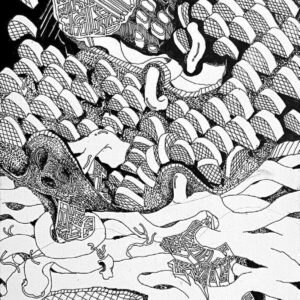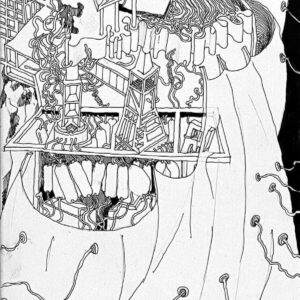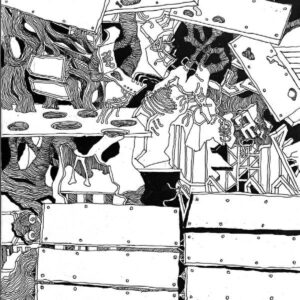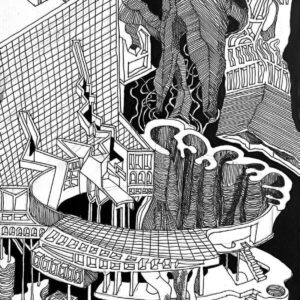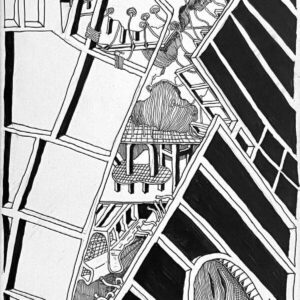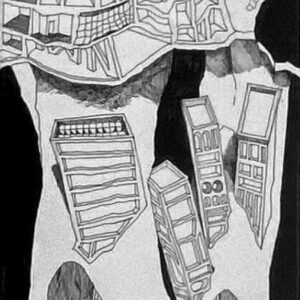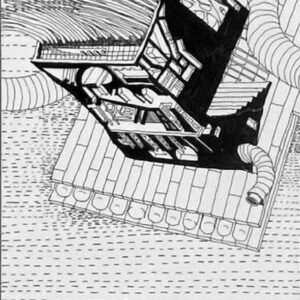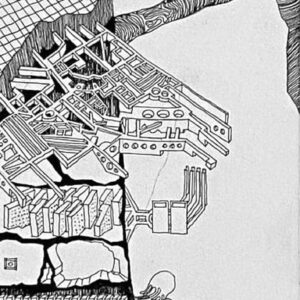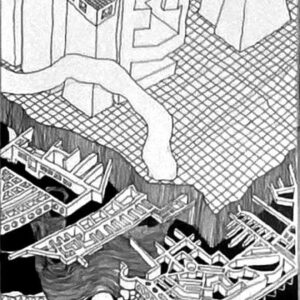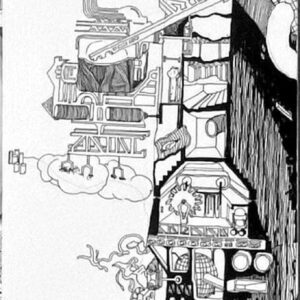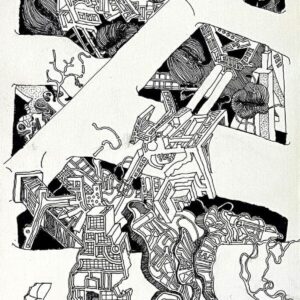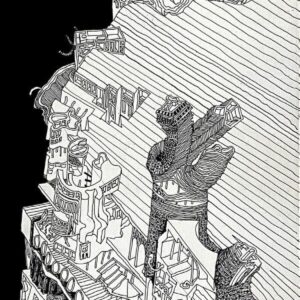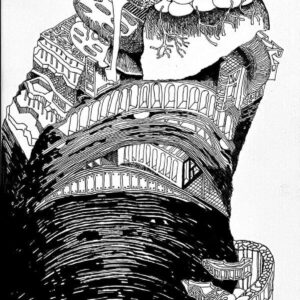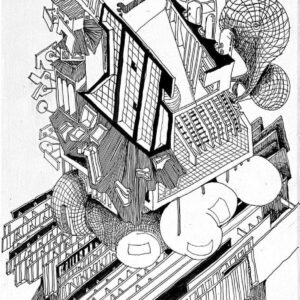
This Pavilion envisions a future where design transcends human-centered thinking, fostering deeper collaboration with nature. Composed of 546 digitally manufactured wooden elements, 210 Styrofoam plates, and 10,000 non-human collaborators enclosed in transparent acrylic containers.
The pavilion challenges contemporary urban environments. Styrofoam represents matter once believed impossible to decompose – plastic. Through this collaboration with nature, the Pavilion demonstrates how decomposition itself can become an act of creating architecture.
At the heart of the exhibition is the “Factory” concept, illustrating how creation can flourish through the cooperation of human innovation and natural systems. The installation embodies co-creation, where diverse approaches converge to reshape the future of our habitats. This living structure engages visitors in a dynamic experience where their movements influence light, subsequently affecting the worms’ activity, thus fostering a dialogue between nature and design, continuously reshaping itself.
As the Pavilion undergoes a curated aging process, the plates gradually develop openings, orchestrating a dynamic interplay of light and shadow. At the conclusion of the exhibition, these plates will be frozen as ‘objects of memory,’ capturing the essence of time and space. Factory 5.0 redefines creation as a collaborative process, inviting reflection on the post-anthropocentric future, where human and non-human collaborators begin to coexist towards a symbiotic future.
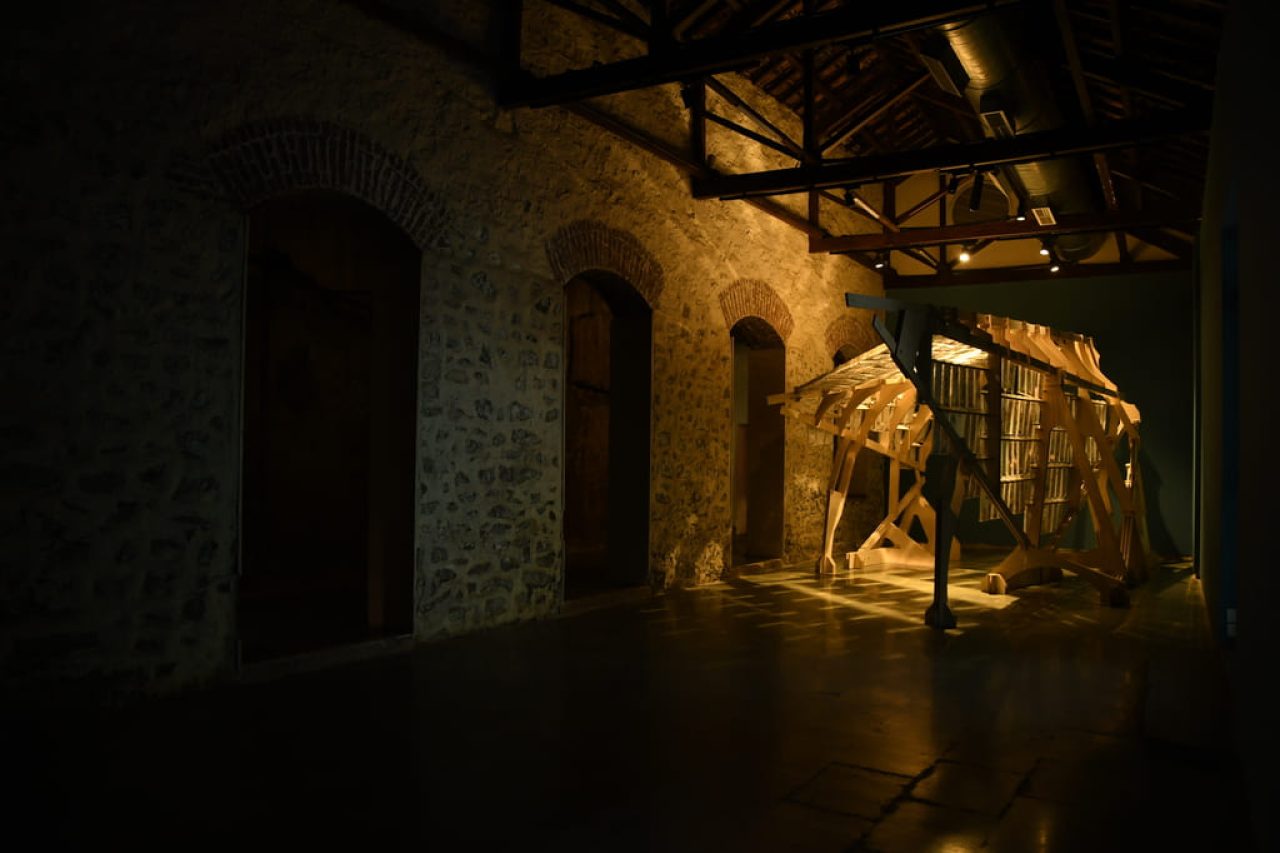

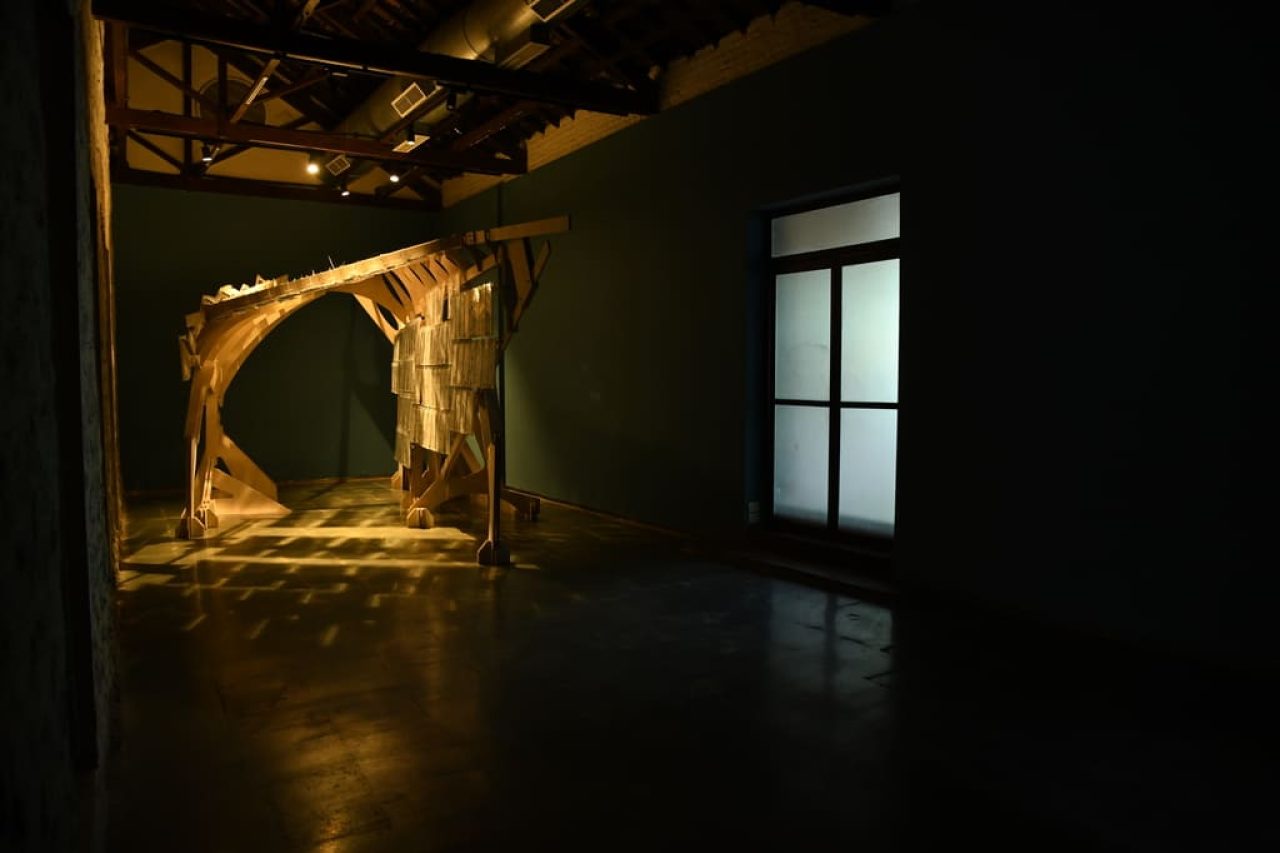
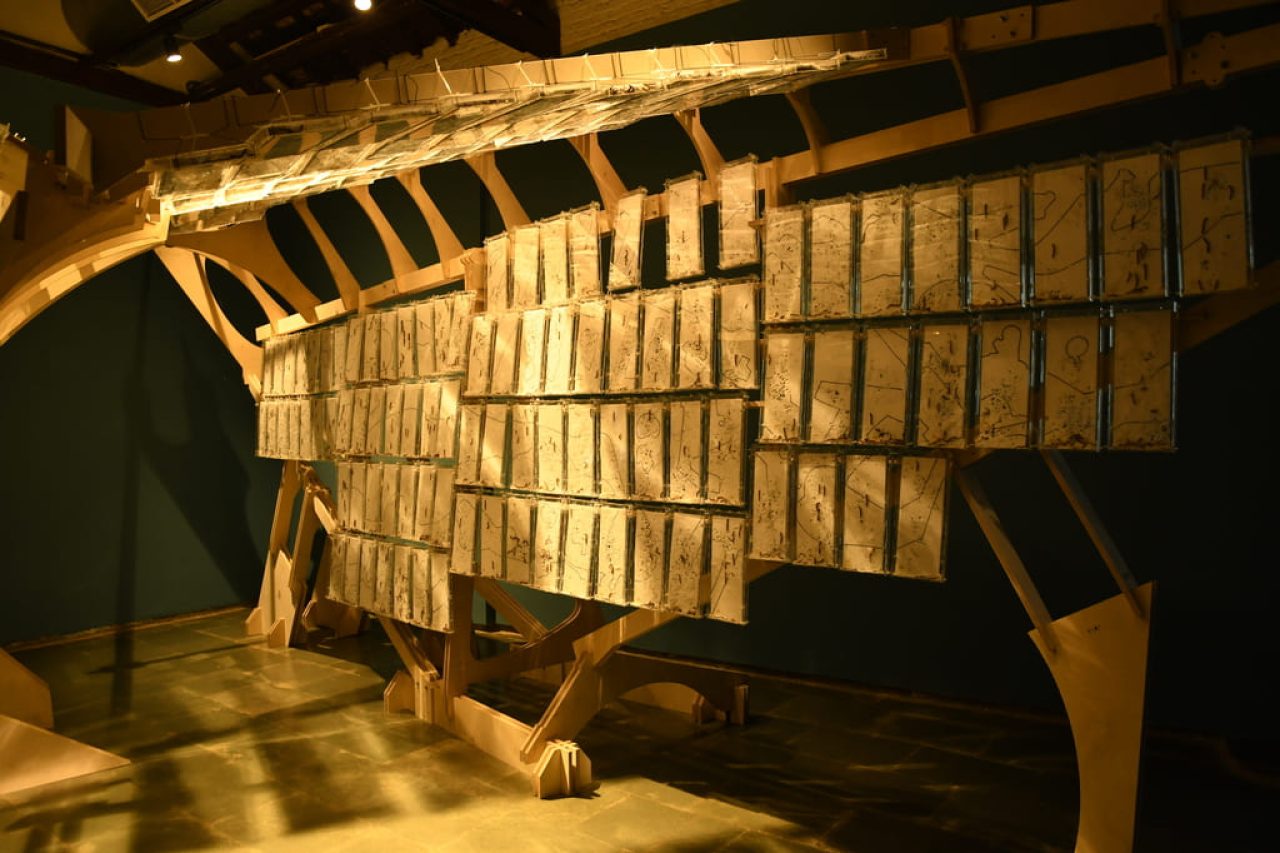
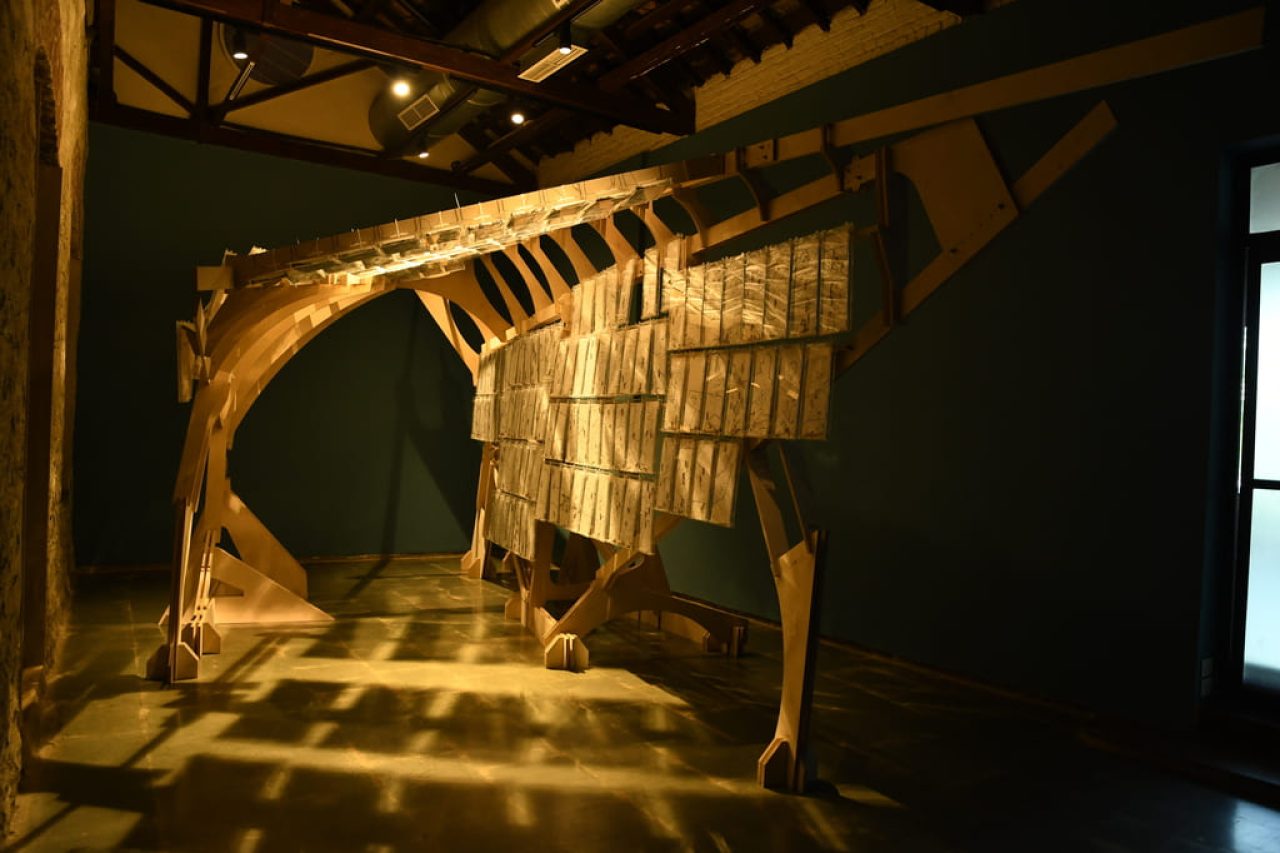
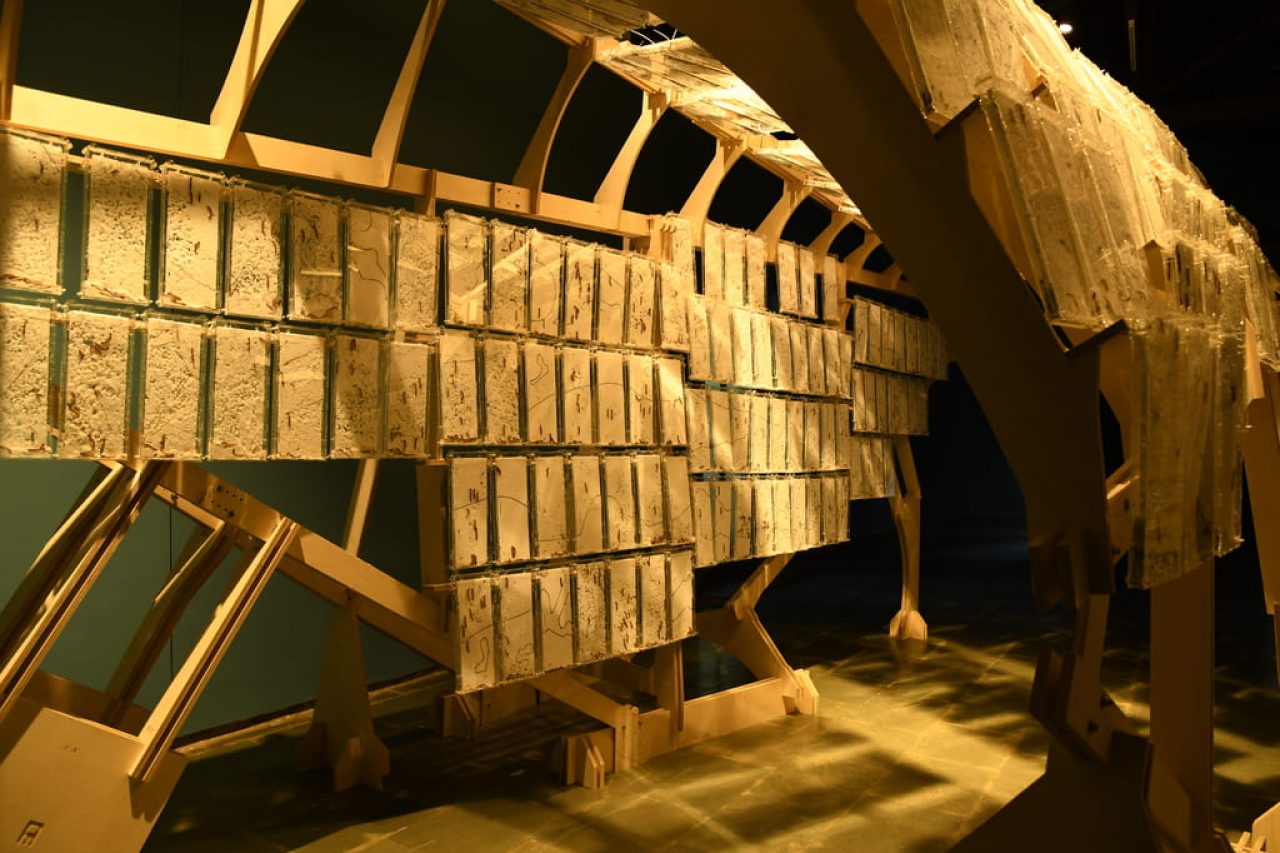
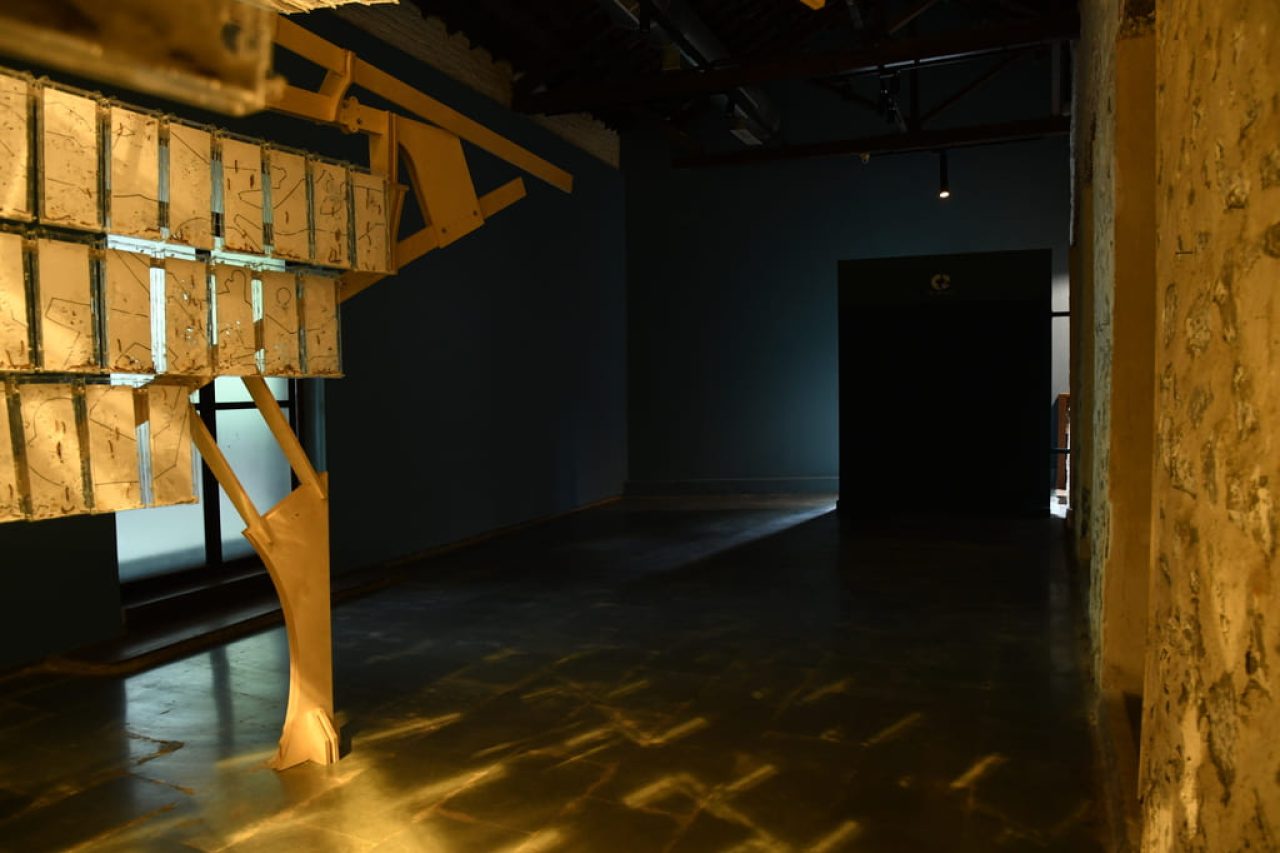
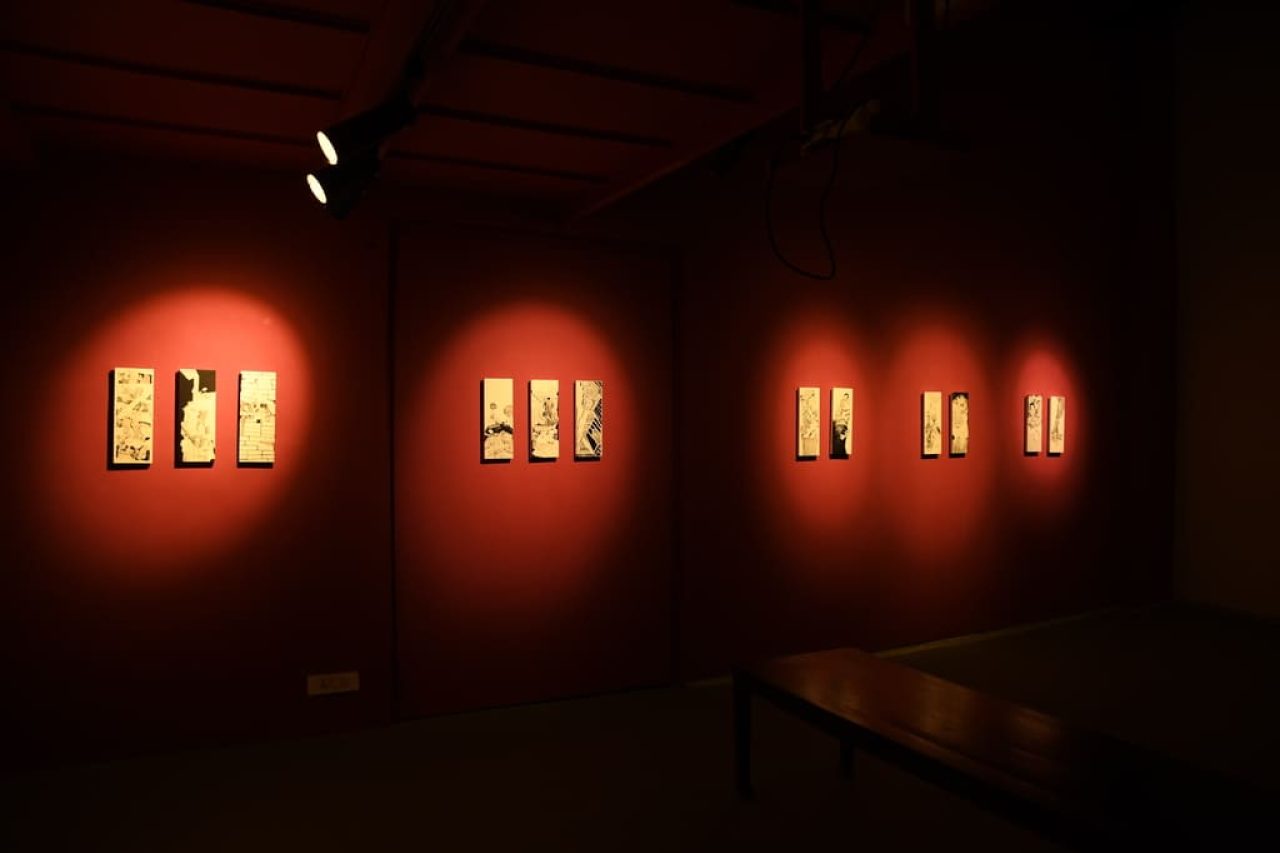
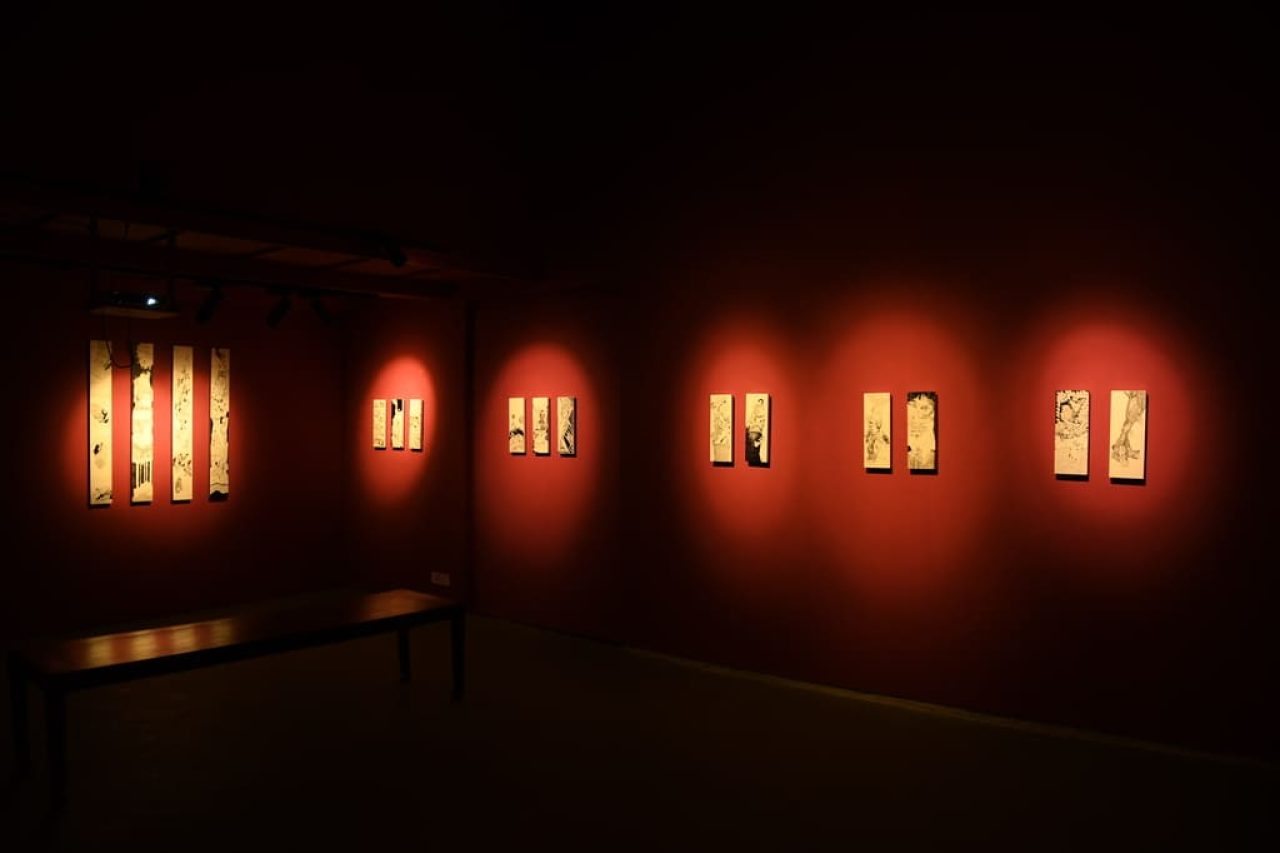
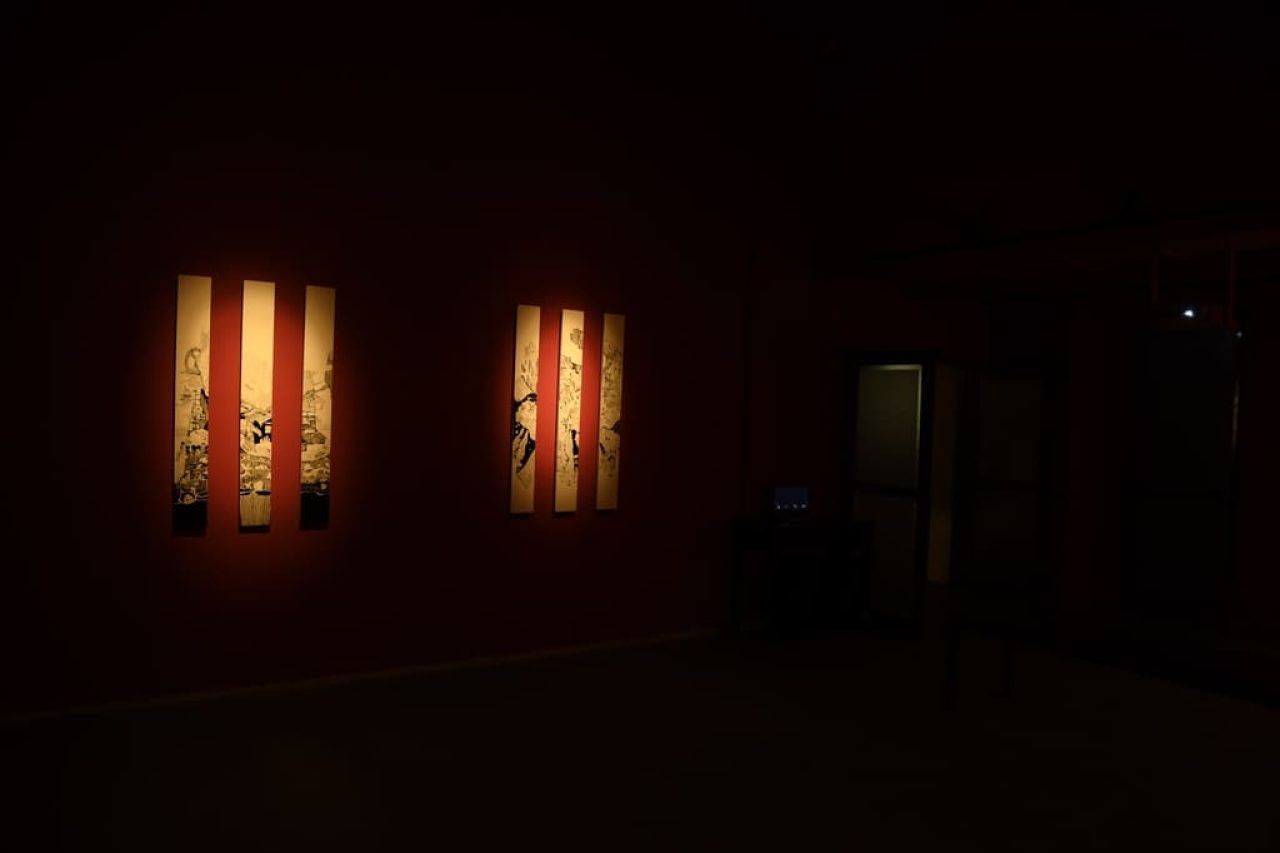
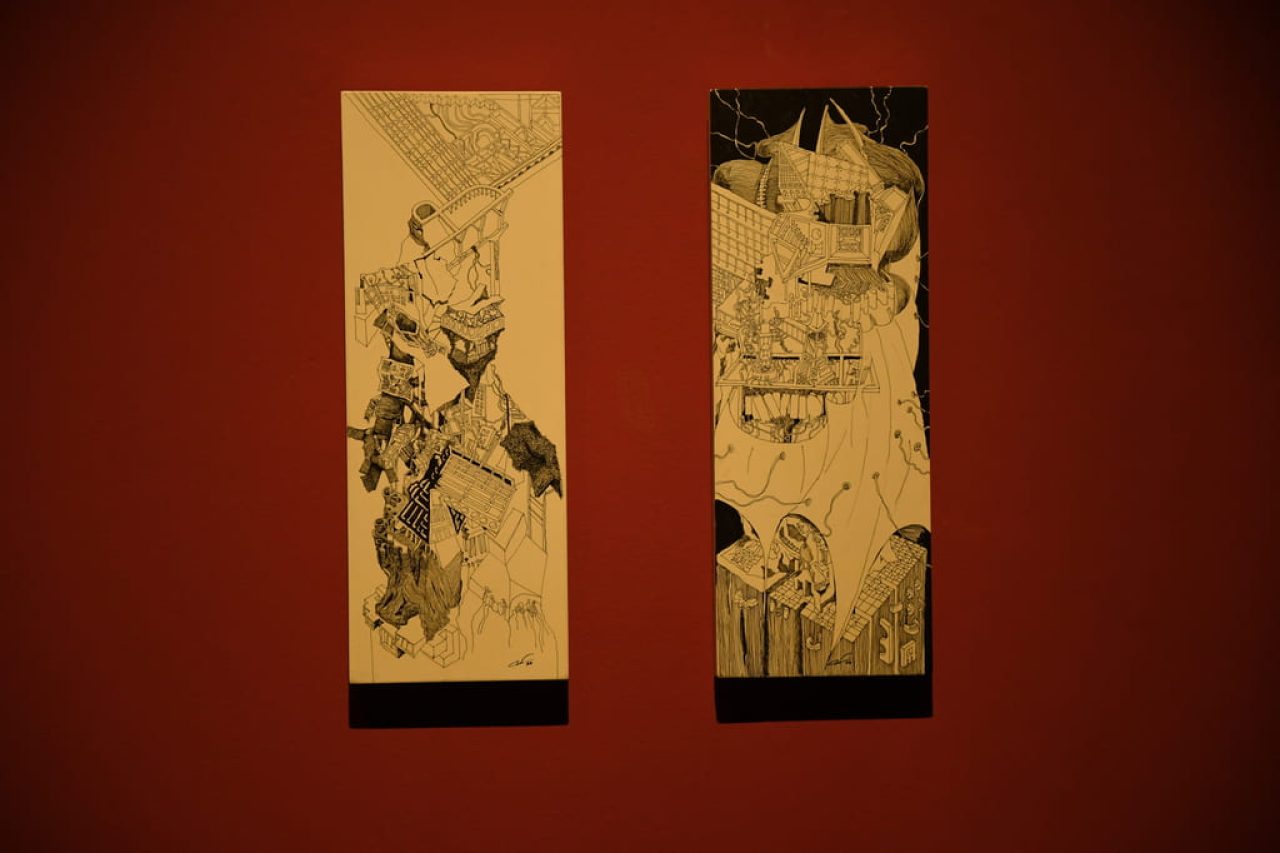
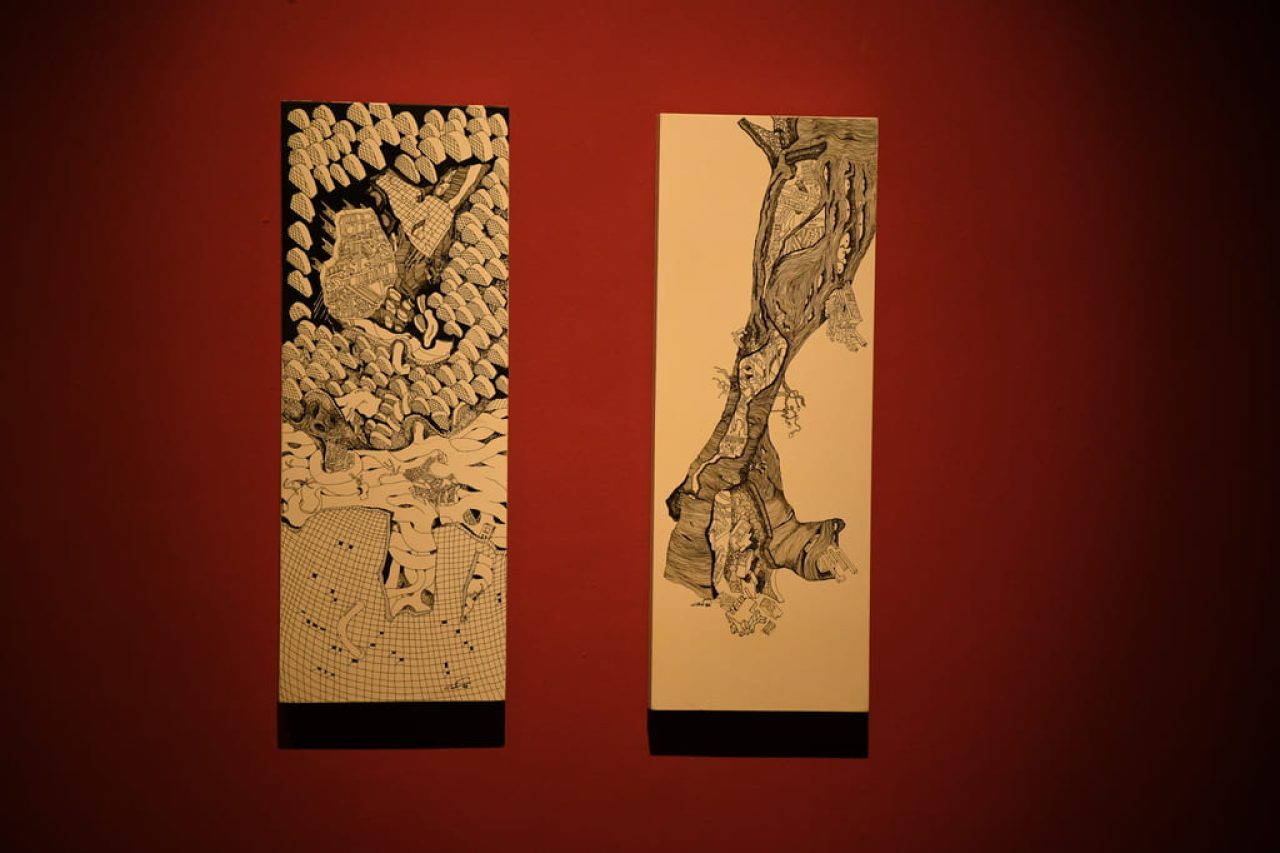
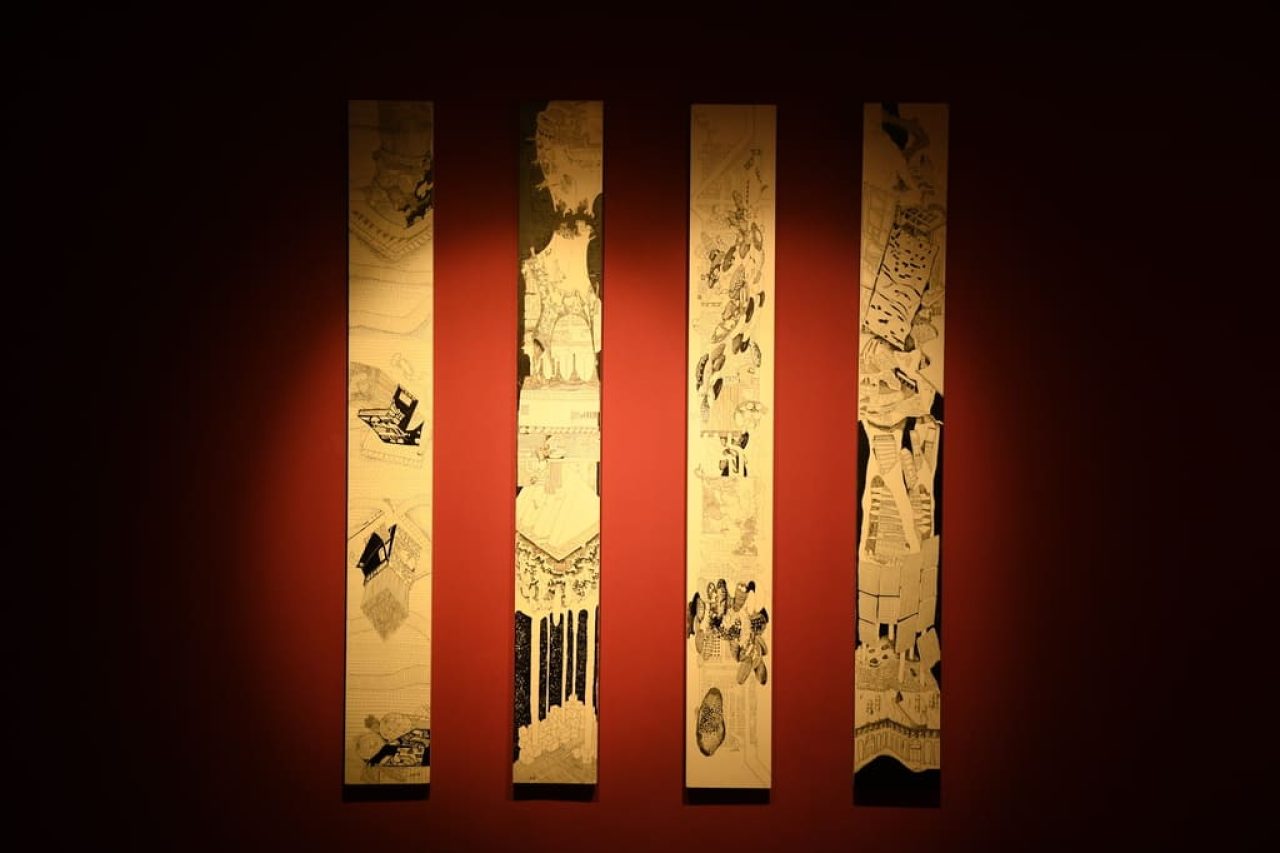
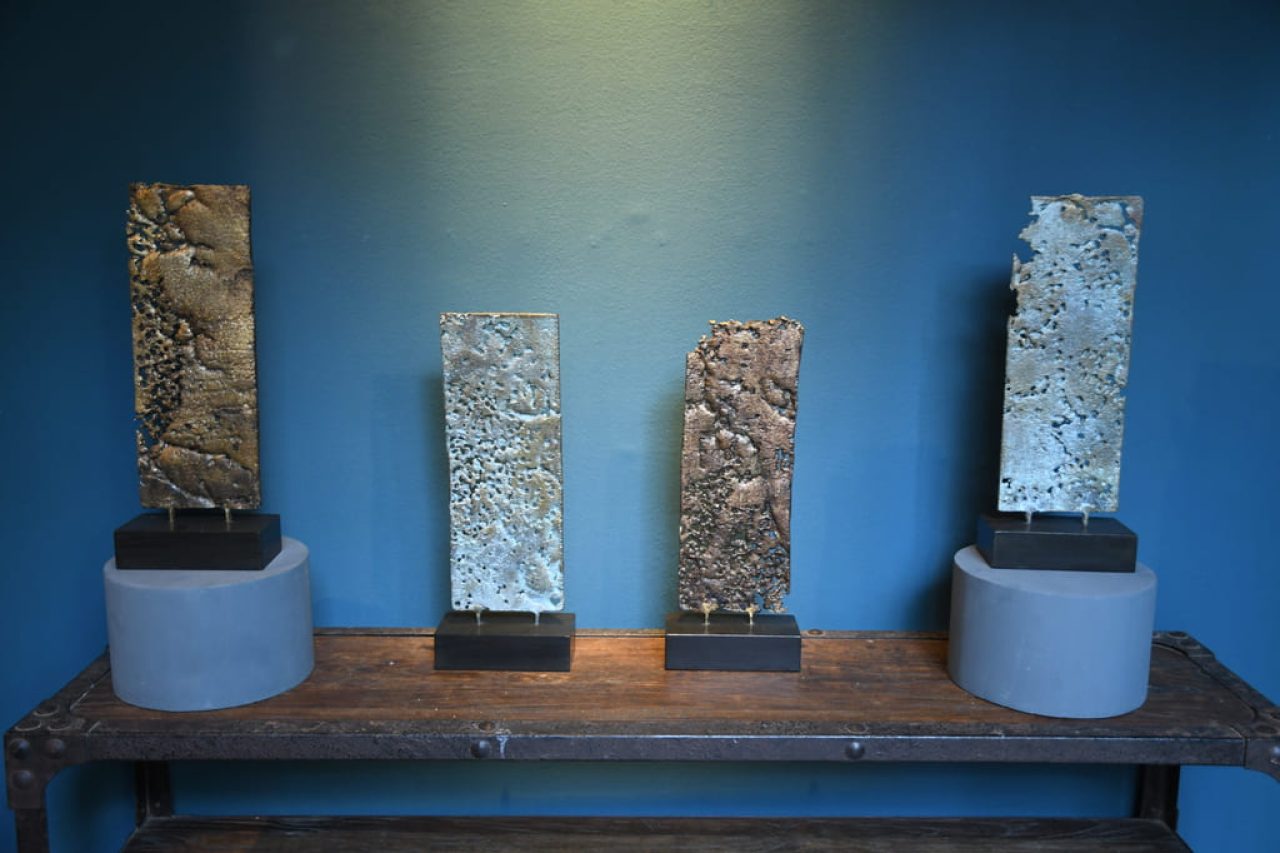
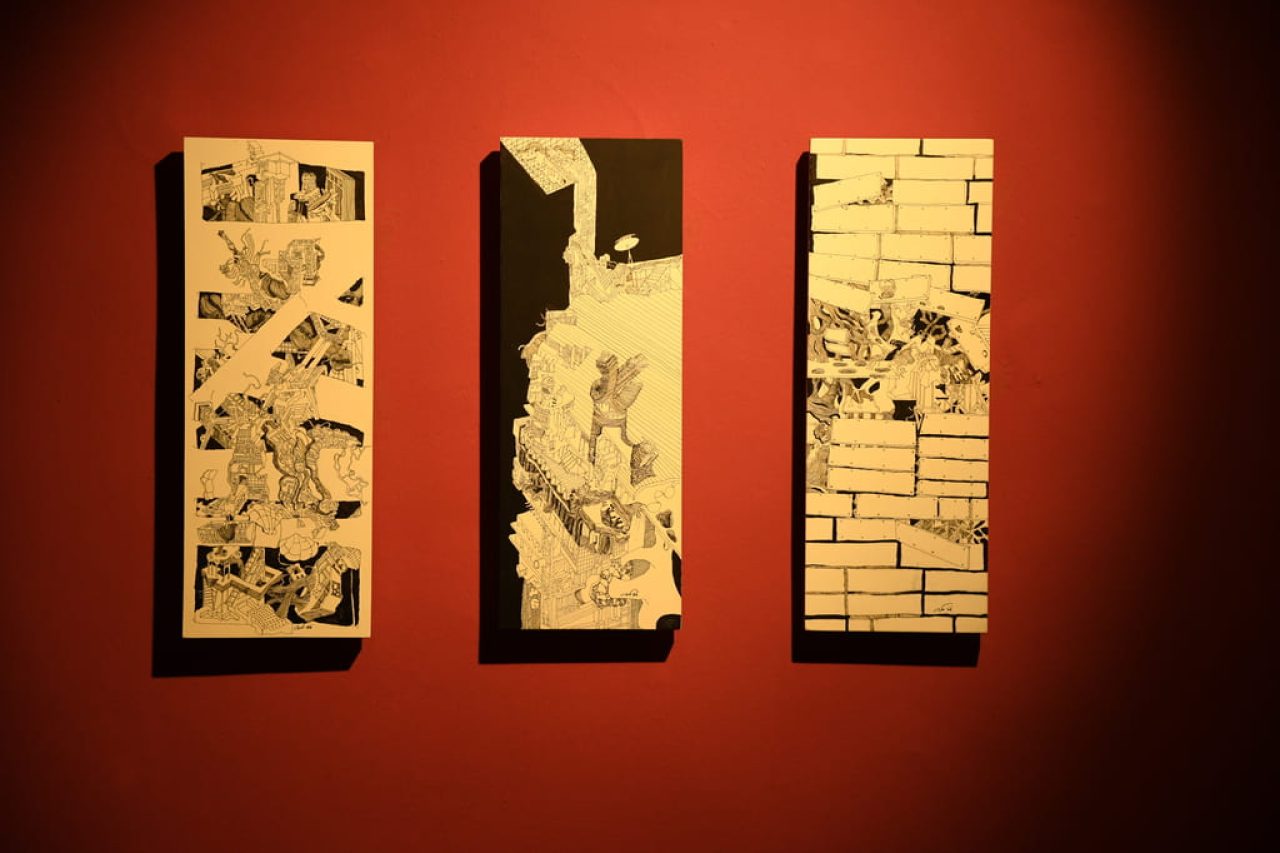
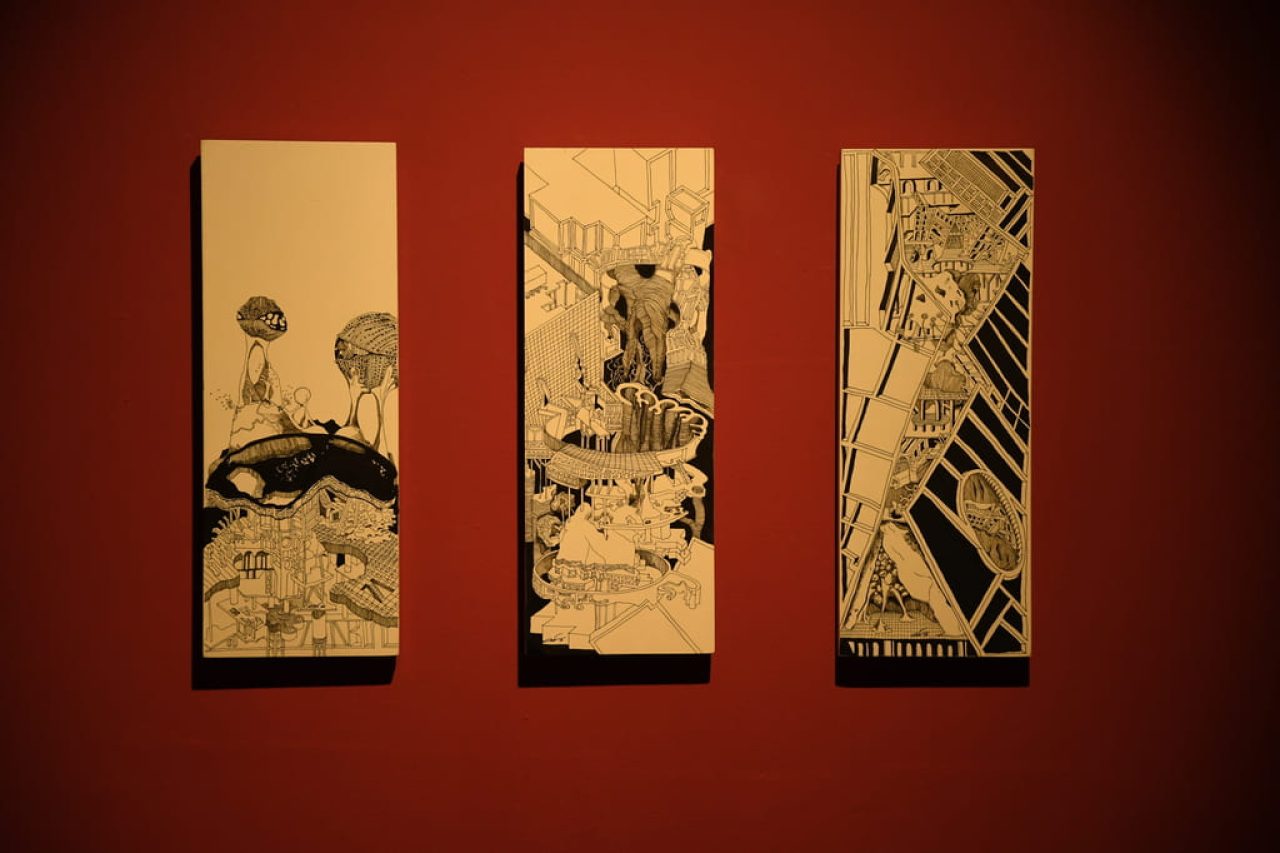
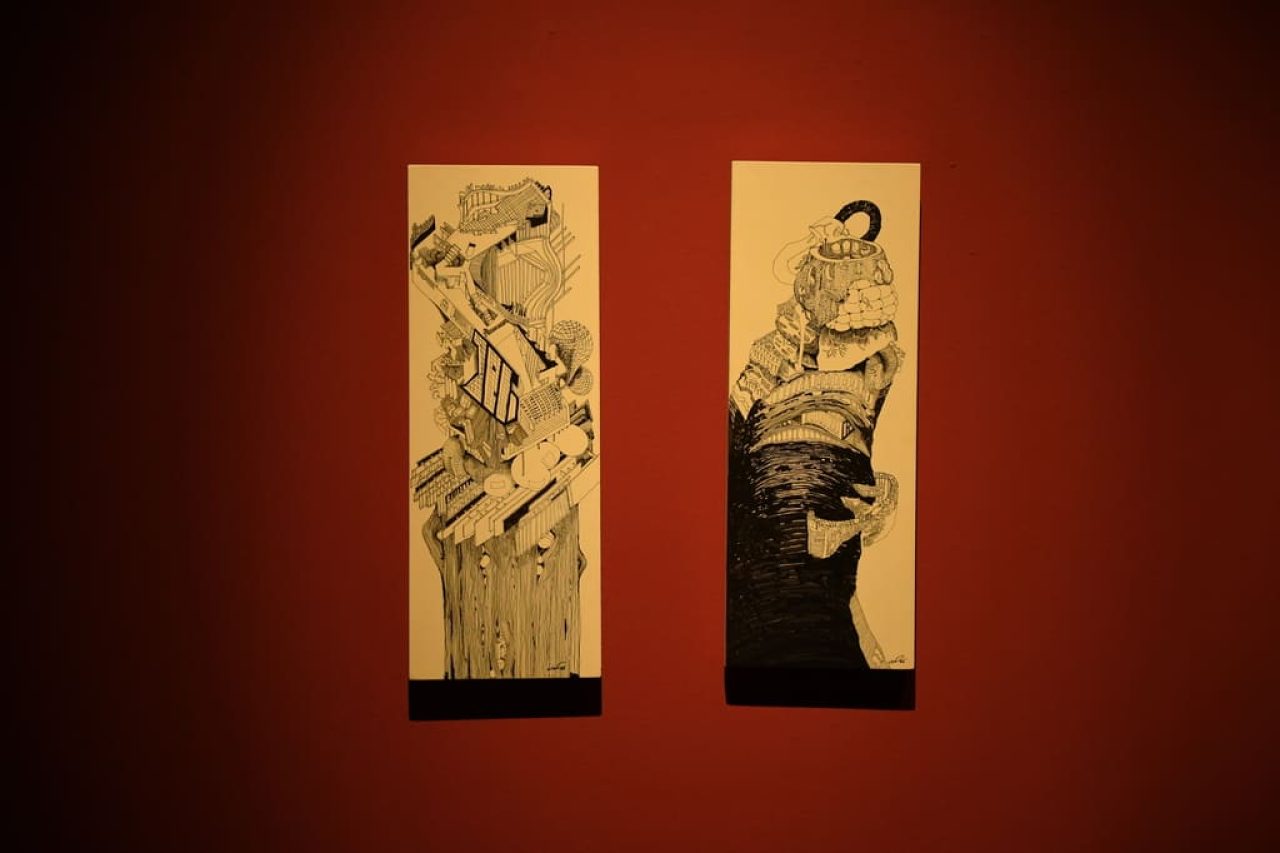
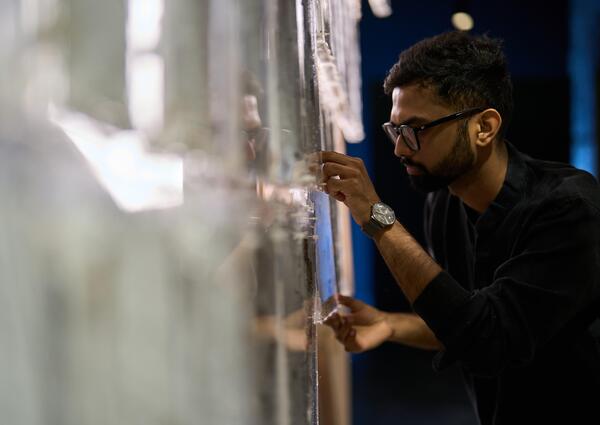
Aditya Mandlik
Aditya Mandlik is an architect based in Mumbai, with a research-driven practice SAM, operates at the intersection of architecture, art, and urbanism. He holds a master’s from the Institute for Advanced Architecture of Catalonia (IAAC) and a bachelor’s from Rachana Sansad’s Academy of Architecture in Mumbai. Aditya has worked with leading firms like Moon Hoon in Seoul and Mias Arquitectes in Barcelona, contributing to projects such as the Korean Pavilion at Expo 2020 and designing exhibitions, including the one at the Centre Pompidou in Paris. He is currently a visiting faculty member at NMIMS Balwant Sheth School of Architecture and UMEA University in Sweden.
